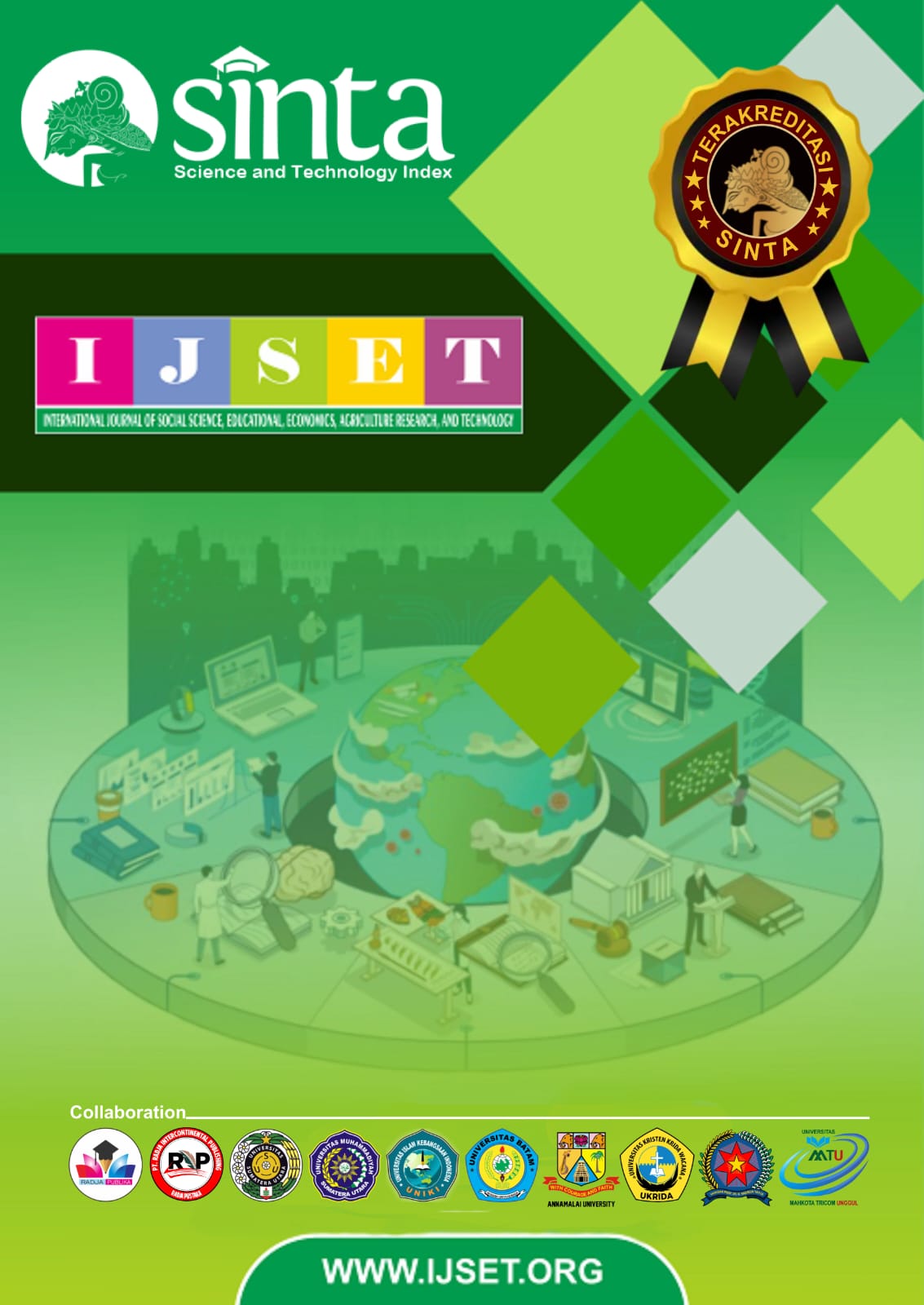Inclusive Classroom Strategies: Enhancing Learning Outcomes for Students with Autism Spectrum Disorder
Main Article Content
Shazia Afzal
The goal of inclusive education is to make learning spaces fair for all students, no matter how smart they are. Students with Autism Spectrum Disorder (ASD) may have distinct obstacles in conventional classes, such as issues with communication, social engagement, and sensory control. This research examines evidence-based inclusive classroom techniques that improve the educational results of kids with ASD. Some of the most important methods include differentiated instruction, visual aids, peer-mediated learning, sensory-friendly changes, and the use of assistive technology. The report stresses how important it is for teachers to be ready, get individual help, and work together to plan. The study discusses the problems that make it hard to include everyone, such not having enough resources or teachers who aren't trained well enough. It also gives useful advice to teachers and legislators. The results show that with the correct tactics and support structures, inclusive classrooms may help kids with ASD do better in school, get along with others, and feel better emotionally.
Florian, L., & Black-Hawkins, K. (2011). Exploring inclusive pedagogy. British Educational Research Journal, 37(5), 813
American Psychiatric Association. (2013). Diagnostic and statistical manual of mental disorders (5th ed.).
Baron-Cohen, S., Ashwin, E., Ashwin, C., Tavassoli, T., & Chakrabarti, B. (2009). Talent in autism: Hyper-systemizing, hyper-attention to detail and sensory hypersensitivity. Philosophical Transactions of the Royal Society B: Biological Sciences, 364(1522), 1377–1383.
Chiang, H.-M., & Lin, Y.-H. (2007). Expressive communication of children with autism. Journal of Autism and Developmental Disorders, 37(6), 1103–1115.
Happé, F., & Frith, U. (2006). The weak coherence account: Detail-focused cognitive style in autism spectrum disorders. Journal of Autism and Developmental Disorders, 36(1), 5–25.
Tomchek, S. D., & Dunn, W. (2007). Sensory processing in children with and without autism: A comparative study using the Short Sensory Profile. American Journal of Occupational Therapy, 61(2), 190–200.
Florian, L., & Black-Hawkins, K. (2011). Exploring inclusive pedagogy. British Educational Research Journal, 37(5), 813–828.
Kurth, J. A., & Mastergeorge, A. M. (2010). Academic and cognitive profiles of students with autism: Implications for classroom practice and placement. International Journal of Special Education, 25(2), 8–14.
UNESCO. (2020). Inclusion and education: All means all (Global Education Monitoring Report).
United Nations. (2006). Convention on the Rights of Persons with Disabilities (CRPD).
Chiang, H.-M., & Lin, Y.-H. (2007). Expressive communication of children with autism. Journal of Autism and Developmental Disorders, 37(6), 1103–1115.
Kluth, P. (2010). You're going to love this kid!: Teaching students with autism in the inclusive classroom. Paul H. Brookes Publishing Co.
Odom, S. L., et al. (2010). Strategies for improving outcomes for students with autism spectrum disorder. Journal of Special Education, 44(3), 135–145.
Rao, P. A., Beidel, D. C., & Murray, M. J. (2008). Social skills interventions for children with ASD. Journal of Autism and Developmental Disorders, 38, 353–361.
Simpson, R. L. (2004). Finding effective interventions for children with autism. Exceptional Children, 70(2), 135–144.
UNESCO. (2020). Inclusion and education: All means all (Global Education Monitoring Report).
Wong, C., et al. (2015). Evidence-based practices for children, youth, and young adults with autism spectrum disorder. Journal of Autism and Developmental Disorders, 45(7), 1951–1966.
















